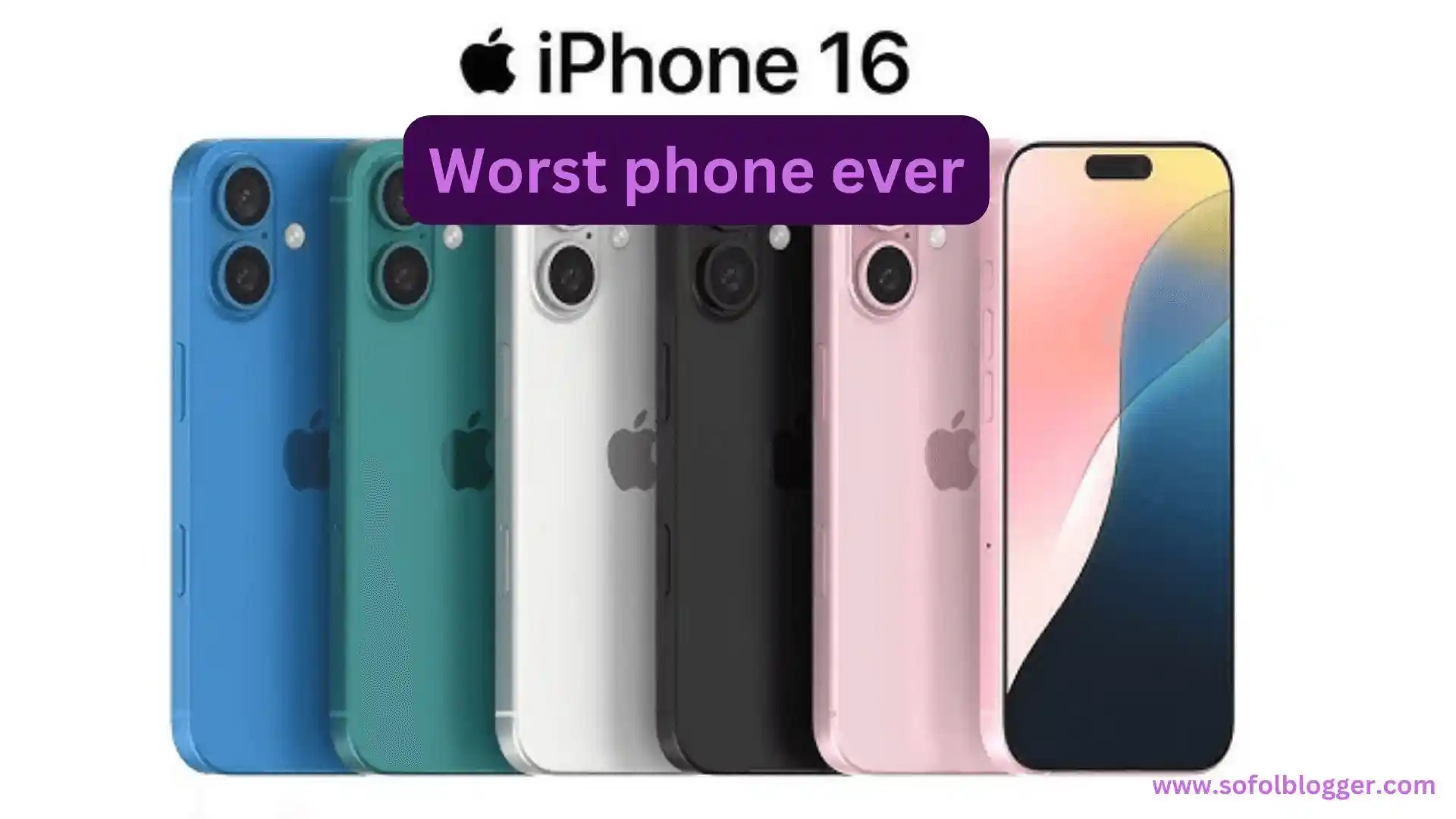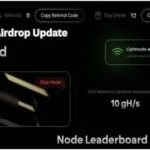The iPhone 16, Apple’s latest smartphone release, comes with its share of new features and improvements, but like any device, it isn’t without its drawbacks. Despite being a flagship phone that boasts cutting-edge technology, there are several potential disadvantages to consider. Here are some key areas where the iPhone 16 may fall short:
1. High Price Tag
One of the most significant downsides of the iPhone 16 is its price. Like previous models, the iPhone 16 continues the trend of premium pricing, with the base model starting at a hefty sum, and prices increasing further for higher storage capacities or the Pro and Pro Max versions. While Apple enthusiasts may not be deterred by this cost, budget-conscious consumers or those looking for value for money might find it difficult to justify the expense, especially when there are many high-performing Android alternatives available at more affordable prices.
2. Limited Customization Options
Apple has always maintained a closed ecosystem, and the iPhone 16 is no exception. While some appreciate the streamlined and controlled environment of iOS, others may find the lack of customization options restrictive. Compared to Android devices, which allow for extensive personalization of the user interface and deeper system-level customization, the iPhone 16 offers limited options for changing the appearance of the home screen, default apps, and settings. This can be frustrating for users who like to tailor their smartphone experience to suit their preferences.
3. Incremental Hardware Upgrades
While Apple markets each new iPhone as a major step forward in technology, some users may feel that the iPhone 16’s upgrades are incremental rather than revolutionary. For example, improvements to the camera system, processor, or battery life may not be significant enough to justify an upgrade from the iPhone 15 or even the iPhone 14. The incremental nature of hardware improvements can leave some users questioning whether the iPhone 16 offers enough new features to warrant the investment.
4. Battery Life Concerns
Though the iPhone 16 may have made some advancements in terms of battery efficiency, it still lags behind certain competitors in battery life. For power users who heavily rely on their phones for gaming, streaming, or other resource-intensive tasks, the battery may struggle to last through a full day without requiring a recharge. While Apple’s optimization of software and hardware helps to extend battery life, the iPhone 16 may not meet the expectations of those who prioritize endurance over other features.
5. Proprietary Charging System
The iPhone 16’s use of a proprietary charging port, such as Apple’s Lightning connector (if retained), or even the move to USB-C, can be a drawback. Apple’s history of using proprietary accessories can lead to frustration for users who prefer the universality of micro-USB or USB-C in other devices. If Apple transitions to USB-C, as per rumored regulatory requirements, some long-time iPhone users with Lightning accessories will need to replace them. Conversely, if the iPhone 16 retains the Lightning connector, it will continue to lag behind the universal adoption of USB-C in the tech industry.
6. Durability Issues
Although the iPhone 16 is expected to have strong materials and potentially even better water resistance, it remains a fragile device that can be susceptible to damage from drops or impacts. Users may still need to invest in protective cases and screen protectors to prevent costly repairs. Additionally, reports from previous models about back glass being difficult and expensive to replace may still apply, which can add to the long-term ownership cost of the device.
Read More
A Closer Look at the Upcoming Motorola Edge 50 Ultra
The Downsides of the Nothing Phone 3
7. Heavier Weight
If the iPhone 16 incorporates larger battery sizes or uses heavier materials like titanium or ceramics, the device might be heavier than its predecessors. This added weight can make the phone less comfortable to use for extended periods or while holding it with one hand. Some users may find the increased weight a nuisance, especially when compared to lightweight Android alternatives.
8. No Significant Software Innovation
While iOS 18 may bring some new software features, Apple’s incremental approach to software updates can make it seem like there are no groundbreaking changes in the iPhone 16’s software experience. For users who value software flexibility, customization, or multitasking capabilities, iOS may still feel limited compared to Android’s more open environment. Additionally, features that are being introduced in iOS 18 may already exist on Android devices, making the iPhone 16 less appealing to those who seek cutting-edge software innovation.
9. Still No Expandable Storage
Apple’s decision to not offer expandable storage through microSD cards remains a disadvantage for users who require significant storage space. Although the iPhone 16 offers various internal storage options, they come at a premium. Users who choose the base model may quickly find themselves running out of space, especially if they capture a lot of high-resolution photos or 4K videos. This limitation forces consumers to either manage their storage more carefully or pay extra for larger storage capacities upfront.
10. Environmental Concerns
Apple has taken steps towards environmental sustainability, such as using recycled materials and reducing plastic in packaging. However, some argue that the frequent release cycle of new iPhones, combined with limited options for user-repairable parts, contributes to electronic waste. The inability to easily replace components like the battery or camera means that users are more likely to purchase a new phone rather than repair the old one, which can negatively impact the environment.
The iPhone 16 undoubtedly offers advancements that appeal to many Apple fans, but these disadvantages highlight some areas where the device may fall short. High pricing, limited customization, battery concerns, and a lack of major innovations in hardware or software may make it less attractive for some users. Understanding these drawbacks can help potential buyers weigh the pros and cons before deciding whether the iPhone 16 is the right choice for their needs.










